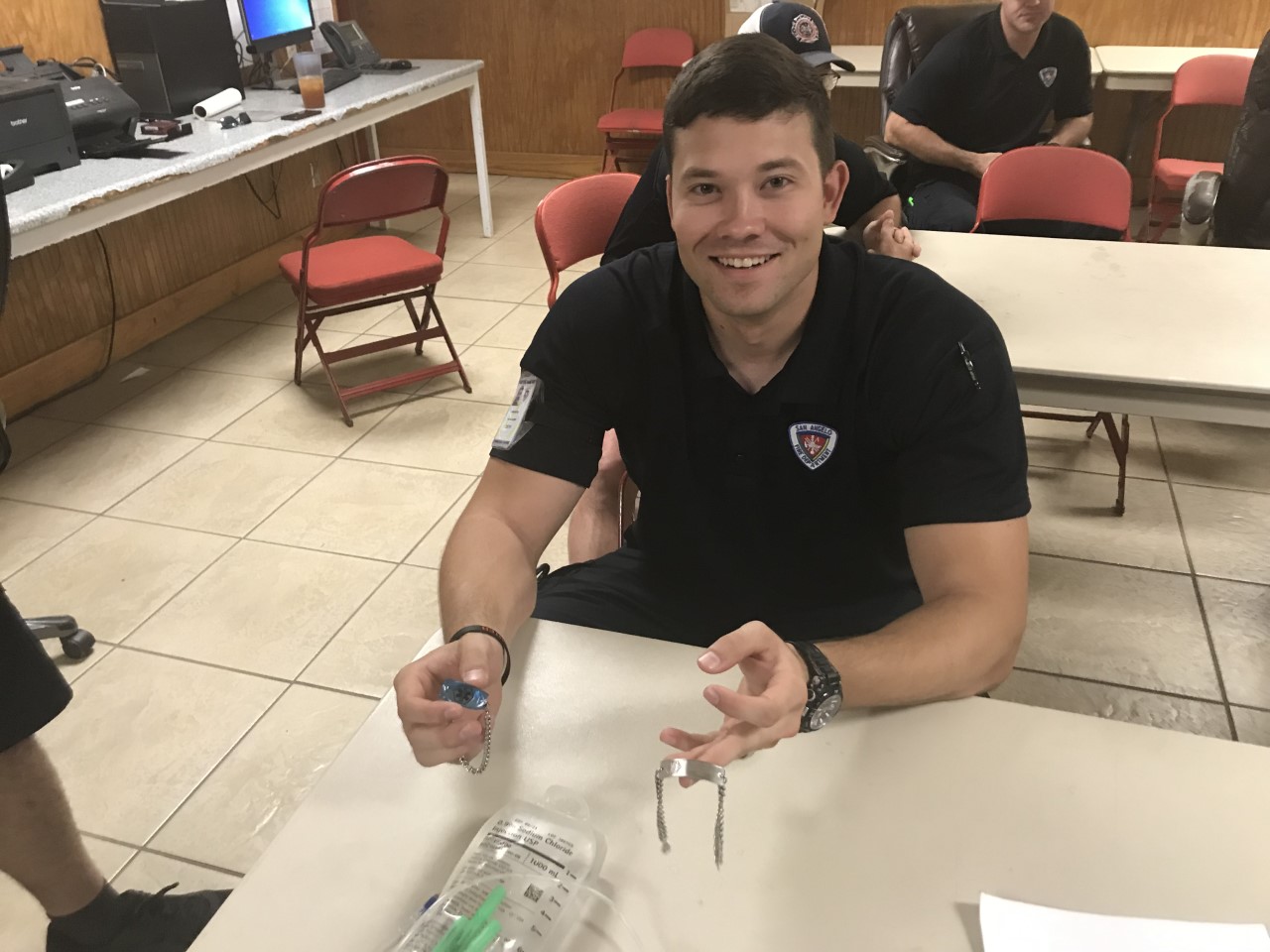Congenital heart disease (CHD) is a problem with the heart that exists from birth and can affect both the structure of the heart and the way that blood flows through the heart and its ability to pump blood to the rest of the body. CHD occurs in nearly 1 percent of birth, affecting approximately 40,000 infants born annually in the United States. It can be due to a genetic cause or occur spontaneously.
Here’s a quick rundown of the most common types of congenital heart disease, common treatment options, information that is helpful to include on a medical ID, and additional resources.
Types of Congenital Heart Disease
Types of congenital heart disease range from a small hole in between two chambers of the heart to a transposition of the great blood vessels in the heart. Some types of congenital heart defects are comprised of several different heart defects.
Different types of congenital heart disease include atrial septal defects, ventricular septal defects, Tetralogy of Fallot, transposition of the great arteries, coarctation of the aorta, hypoplastic left heart syndrome, tricuspid atresia, pulmonary atresia, truncus arteriosus, and total anomalous pulmonary venous return.
It is important to remember that most children with congenital heart disease survive to adulthood and live normal lives thanks to modern medical interventions.
Treatment Options
Mild congenital heart disease often requires only monitoring and will sometimes resolve spontaneously as the child grows. For instance, a small hole in the child’s heart may close on its own. Monitoring techniques include ECGs, echocardiograms, and heart catheterizations.
Congenital heart disease can often be managed with medications and lifestyle changes such as activity restrictions, fluid restrictions or sodium restrictions if the client experiences heart failure. Some children may need to wear oxygen to reduce the strain on the heart.
An estimated 1 in 4 cases of congenital heart disease are considered critical, meaning that they require surgical intervention or other procedural interventions within the first year of life. Repeat procedures may be needed as the child grows.
In extremely severe cases, a heart transplant may be required if other surgical interventions fail.
What to Include on a Medical ID
The first piece of information to include on a medical ID is the specific congenital heart disease diagnosis. Because each defect affects different portions of the heart and the great vessels, the specific diagnosis will affect the care provided and considerations made by healthcare professionals.
Other information includes any surgical procedures that have been performed and any devices that have been implanted such as a pacemaker.
The friendly customer services representatives at American Medical ID can help you to determine what specific information to include on your medical ID jewelry and to determine which medical ID is right for you or your child. You can reach them via phone or online chat.
A variety of fun kids’ bracelets and other jewelry options range from trains to dolphins to superheroes to different sports themes. You’ll find something for everyone!
Additional Resources
The Centers for Disease Control and Prevention maintains a comprehensive repository of information about congenital heart disease, the different types of congenital heart disease, data and statistics, life with congenital heart disease, and ongoing research studies and treatment options.
The American Heart Association maintains a similar directory and also includes congenital heart disease survivor stories to provide firsthand perspectives on life with congenital heart disease.







